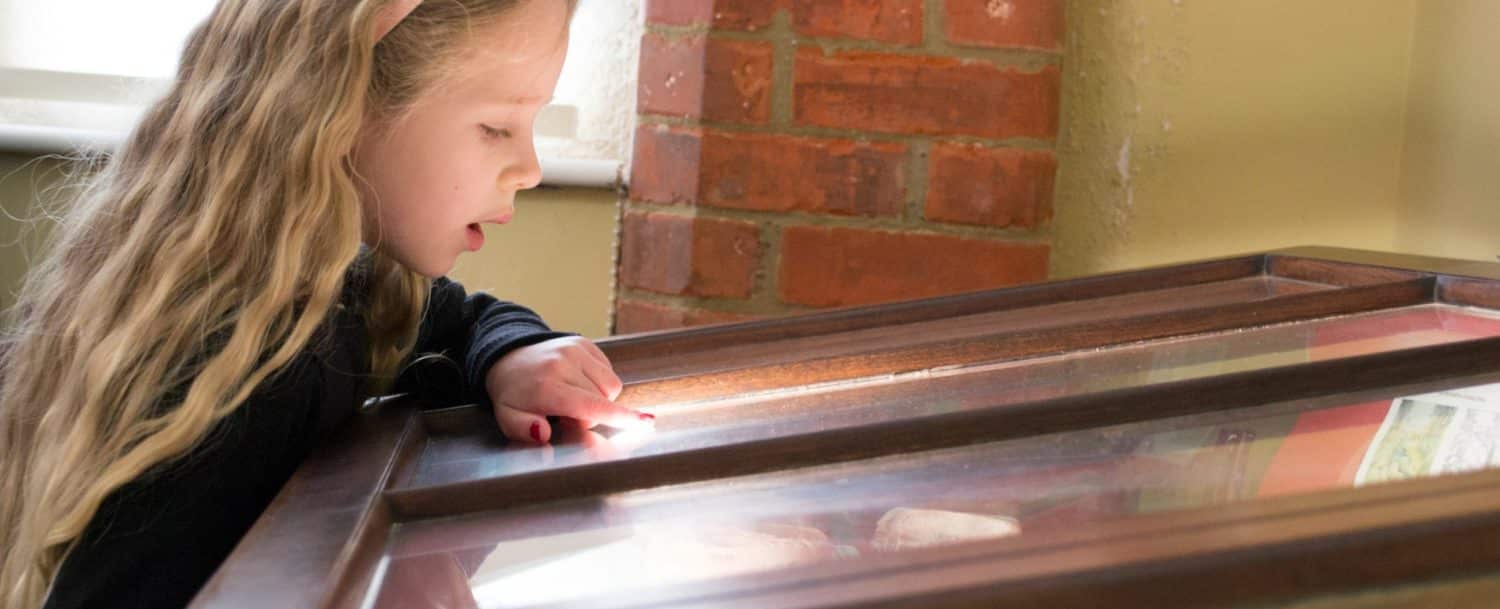On an eight-acre wooded campus in Charlotte, North Carolina locals and visitors alike are privileged to have access to over 200 years of Mecklenburg County history. The Charlotte Museum of History is located at the sight of the Hezekiah Alexander House, the oldest building in the county, which remains standing at its original location since 1774. Whether you’re seeking education or a space for a Charlotte Museum of History wedding, with the new and official museum building housing intensive exhibits and three galleries that tell three centuries of the county’s history, this is a great place to visit if you’re looking for a crash course in all the things that the area has seen from cotton plantations to wars and more.
Visit the Charlotte Museum of History
Open all day from Tuesday through Saturday each week, the Charlotte Museum of History offers guided tours throughout the day. The beautiful grounds full of flowering gardens and historical monuments and artifacts are also an excellent place to go for a walk after exploring the fascinating indoors. There are also events throughout the year, like the favorite History Talks Lecture Series, which takes place every other Saturday. The upcoming topics are the Civil War diary of John Wesley Bone, which will be presented by his great-granddaughter, followed by a guided tour of Myers Park, a landmine for Mecklenburg County history. Always inquire about their upcoming special events as they are an excellent way to extend your stay at the Charlotte Museum of History and learn even more about the area’s fascinating history.
Hezekiah Alexander House
The Hezekiah Alexander House is a home from the Revolutionary War era built in 1774 out of bricks. It is 5,000 square feet and the most resilient building of its time in the area. Listed on the National Register of Historic Places, the house was preserved beginning in 1949 by various chapters of the Daughters of the American Revolution who decorated it with period furniture and opened in for occasional visitation. In 1969, a second phase of restoration began by a group of architects and craftsmen who consulted archeological evidence and used construction materials and techniques like those of the mid 18th century.
Aside from the large house, there is a log kitchen behind it where all the cooking would have been done to keep the smoke of open hearth cooking methods of the time out of the house. The cooking was most likely done by a female slave who would have also lived in the kitchen. Accompanying the kitchen house was the springhouse, which is a two-story building used for food preservation. Spring water flows over a bedrock floor on the first level, in which big jugs of milk, butter and cheese would have been placed to keep them chilled.
There are few places as informative as the Charlotte Museum of History in Charlotte, NC, if you want to learn about the Davidson area history. If you’re interesting in visiting more Charlotte museums during your visit to Davidson make sure you check out the Schiele Museum of Natural History (sometimes known as the Charlotte Museum of Natural History) and the Mint Museum (sometimes known as the Charlotte Museum of Art). Be sure to ask a staff member at the Davidson Village Inn about their fascinating history as the town’s first inn that catered to the first generation of train travelers. This is a great option for places to stay in the area, giving guests easy access to the Charlotte metropolitan area, as well as the beautiful Lake Norman and intriguing Davidson College. For more information on things to do in Davidson, NC, make sure to download our free Davidson Vacation Guide. We look forward to booking your stay!

